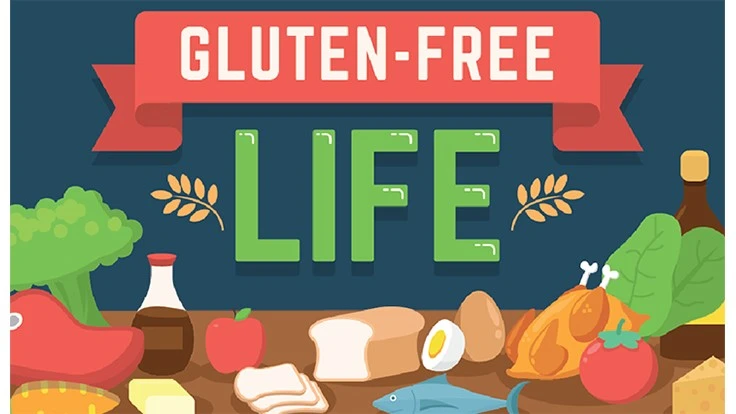
Going gluten-free has been a popular trend in recent years, but not all people who have switched to the diet are fully aware of the facts about gluten, and whether or not a gluten-free diet can benefit their health. There’s a lot more to it than meets the eye, and that is why the team at MedAlertHelp.org created an infographic of facts about gluten.
Being aware of the hidden sources of gluten is important for people with celiac disease, non-celiac gluten sensitivity, and wheat allergies. Consuming gluten would cause them to bloat, have abdominal pain and headaches, feel tired, be constipated and/or have diarrhea, have joint and muscle pain, and have skin problems.
These are just some of the symptoms gluten can cause, but should everyone stop eating it? What are the risks and benefits of a gluten-free diet? What should you avoid and what should you eat if you are intolerant to gluten? Which food substitutes are available, where can you get them, and which brands offer the best gluten-free products?
For answers to these questions and more, view the infographic.
Latest from Quality Assurance & Food Safety
- IFT Celebrates Inaugural Section Impact Award Winners for Volunteering Excellence in Food Science Community
- Ron Simon and Associates Files E. coli Lawsuit Against Grimmway Farms of California
- Boar's Head Launches New Resource Detailing Company's Food Safety Standards and Protocols
- FSIS to Host Virtual Public Meetings on Salmonella Framework
- Climate-Smart Soybeans Enter U.S. Market
- Yoran Imaging Introduces Thermal Imaging-Enabled System for Induction Seal Inspection and Analysis
- GDT Highlights Food Safety Solutions for Food Processing and Packaging Facilities
- FSIS Issues Public Health Alert for Ineligible Beef Tallow Products Imported from Mexico





